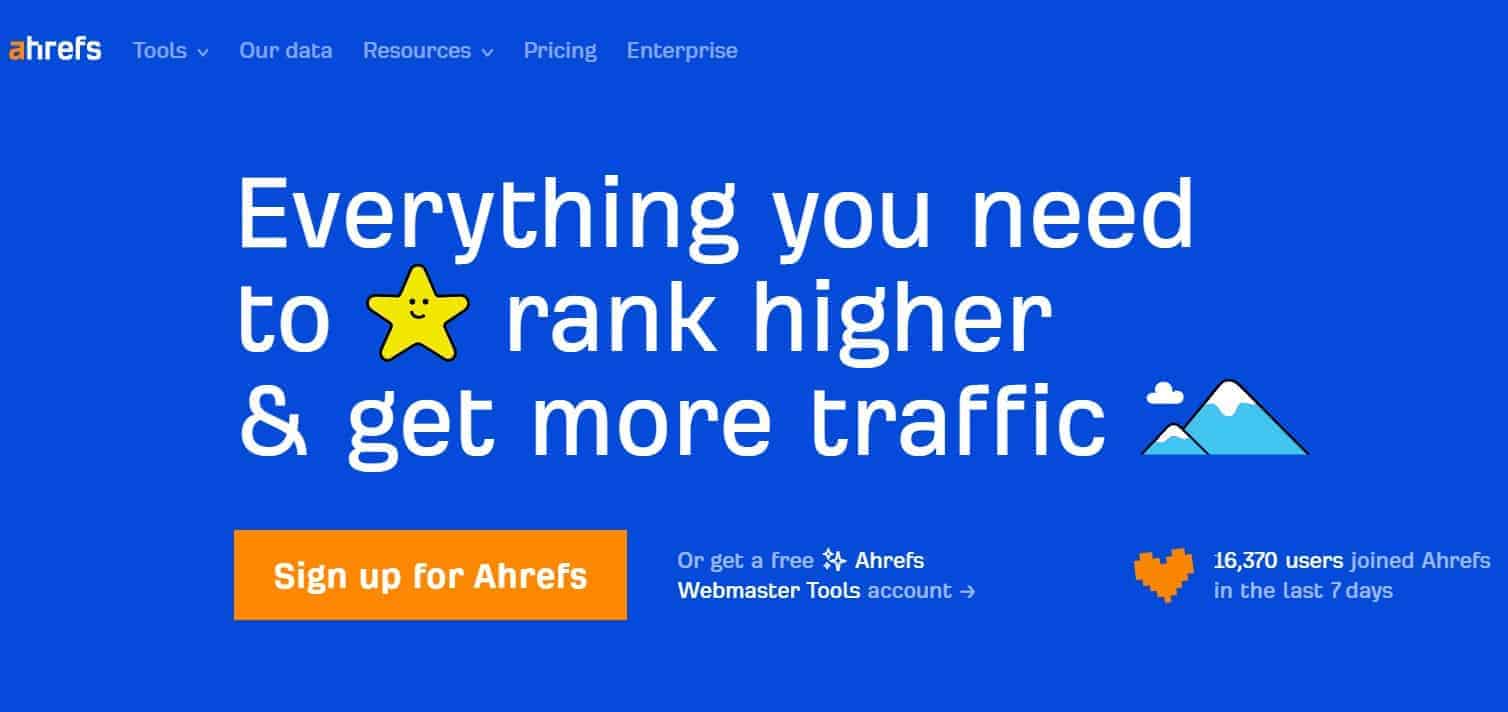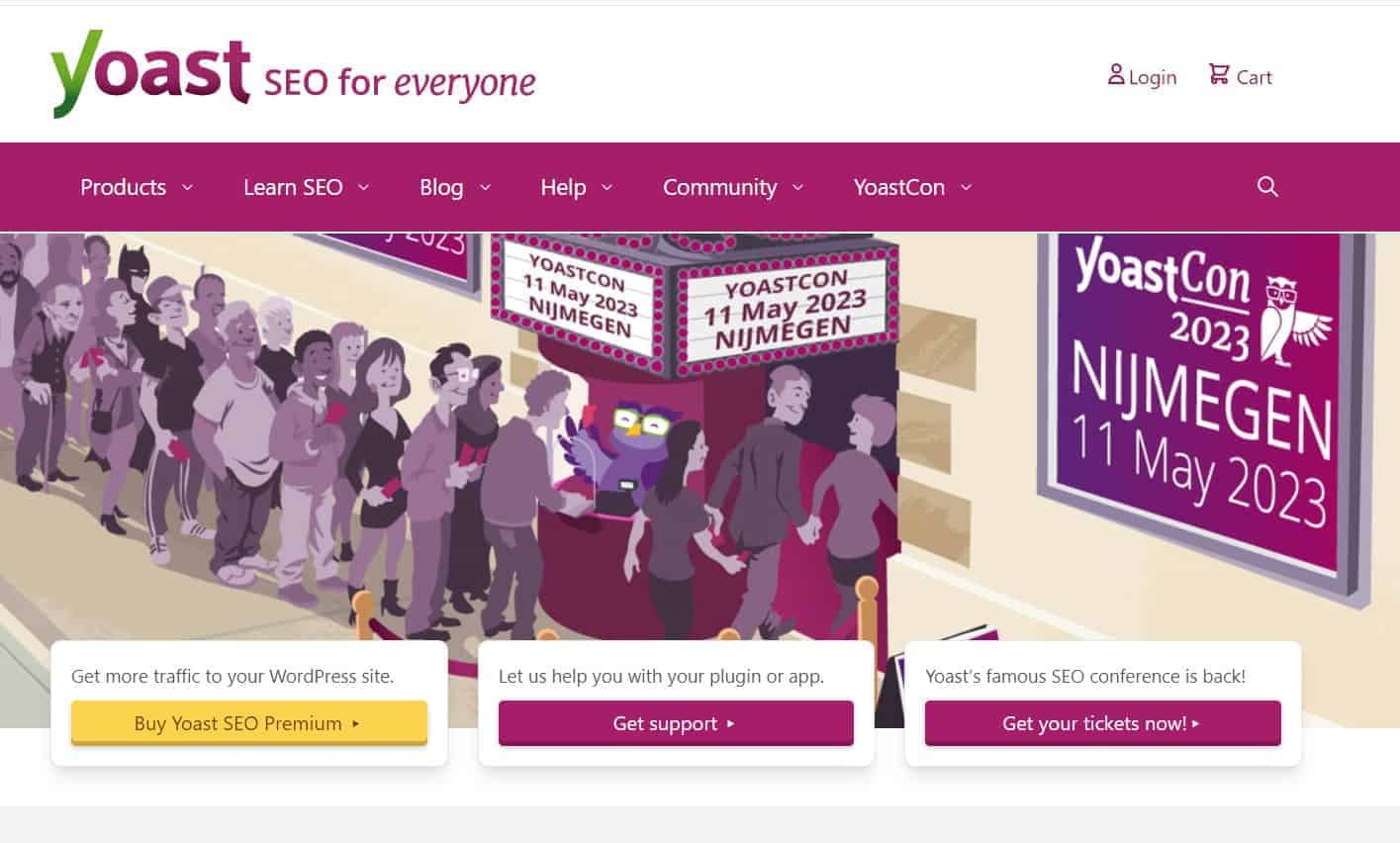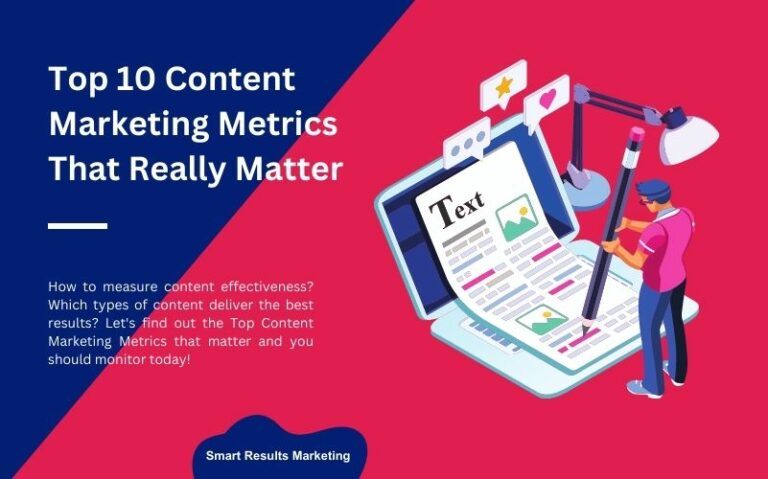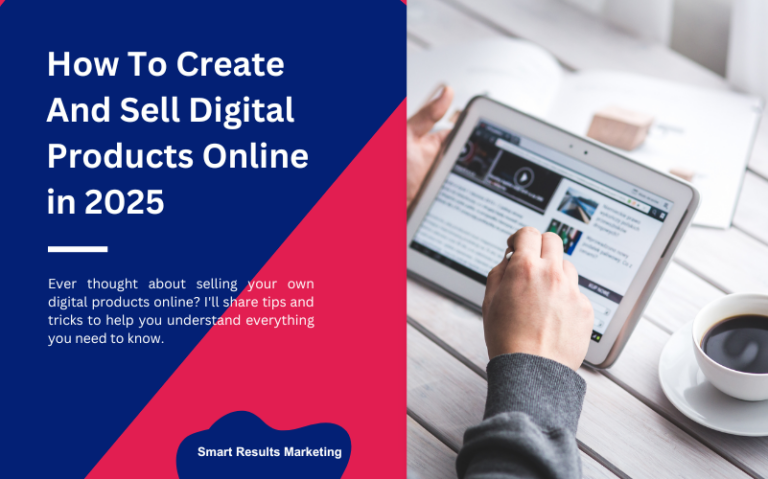SEO Content Optimization Strategies: The Ultimate Guide 2025
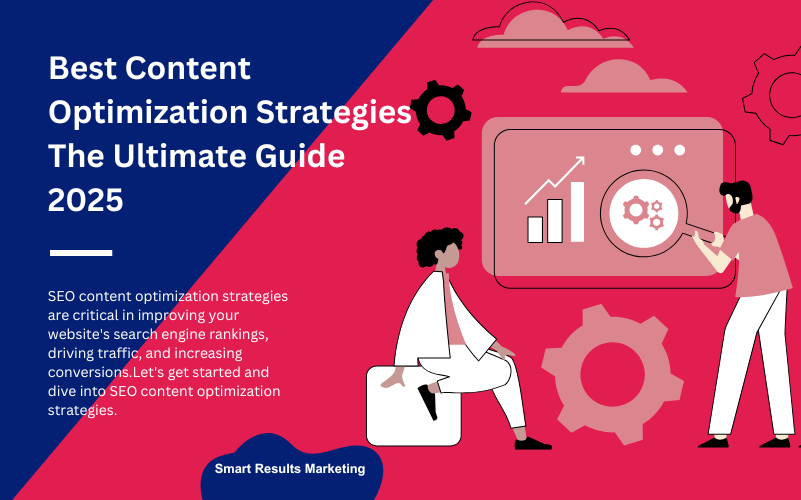
SEO content optimization strategies are critical in improving your website’s search engine rankings, driving traffic, and increasing conversions.
Our ultimate guide will provide you with all the information you need to optimize your content for search engines using SEO strategies.
We will cover the best practices, tools, and techniques available for SEO content optimization strategies.
So, let’s get started and dive into SEO content optimization strategies.
What are Content Optimization Strategies?
The process of content optimization involves improving the quality and relevance of your content to make it more appealing to both users and search engines.
Content optimization strategies include analyzing and improving different aspects of your content, such as its structure, language usage, keywords, and metadata.
This can help enhance its relevance and quality.
Optimizing your content can lead to better rankings in search engines, more organic traffic, and increased engagement and conversions on your website.
Search Engine Optimization
Search Engine Optimization (SEO) aims to enhance the visibility and ranking of a website or web page on Search Engine Results Pages.
This can result in more visitors to your website, increased social media followers, and the possibility of forming partnerships with travel businesses.
User experience (UX) optimization
UX optimisation aims to improve how users interact with a website or app. This involves making the experience easier, more efficient, and more enjoyable.
This involves improving various elements such as the site’s layout, content, functionality, and ease of use for visitors.
Search Engine Optimization can result in more visitors to your website, increased social media followers, and the possibility of forming partnerships.
UX ( User Experience Optimization) can lead to higher user engagement and loyalty, ultimately increasing conversions.
What are the Best Content Optimization Strategies?
1. Content Brief
A content brief is a document that provides important information and instructions for creating a particular content.
It includes details such as the intended audience, subject matter, writing style, format, keyword usage, and other relevant specifications.
Creating a content brief ensures your content is focused, relevant, and optimized for search engines and user engagement.
2. Conduct Keyword Research
Find the right target keywords in your content by researching the search terms people use to find information about your niche.
You can list relevant keywords and phrases for your industry, target audience, and competition.
Using tools such as Google Keyword Planner, Ahrefs, SEMrush, or Moz, which can be used to conduct keyword research.
Suppose you are employed by a tech startup that offers cloud storage solutions.
Your intended customers are small and medium-sized businesses (SMBs) requiring cloud storage for storing and accessing significant amounts of data.
One way to perform keyword research is by utilizing a tool such as Ahrefs.
This tool can produce a compilation of pertinent keywords and phrases based on your industry and target audience.
As an illustration, you may find out that frequently searched keywords in your field are “cloud storage providers”, “cloud storage solutions for small businesses”, and “secure cloud storage”.
Next, you can analyze the competition for each keyword by examining the top-ranking websites and evaluating their content and backlinks.
This can help you identify opportunities to create better-optimised content that is more valuable to users than currently.
Your research may have revealed that there is a need for detailed guides on how small and medium-sized businesses can effectively and securely handle cloud storage.
You can create content that addresses this need, incorporating relevant keywords and providing valuable insights and solutions for your target audience.
3. Publish High-Quality Content
Make sure that the content you create is excellent, relevant to your audience’s preferences, and offers them something meaningful.
For example, a health and wellness blog can gain a loyal readership by consistently publishing informative and engaging content while incorporating relevant keywords for improved visibility.
Ultimately, high-quality content provides value to readers and can increase the chances of converting visitors into customers.
4. Internal and external links – Link Building
Link to other pages on your website and high-quality external sources to provide more information and context to your content.
I always include internal links in my projects to create a strong site architecture and improve the user experience.
By doing this, I guide visitors to other relevant pages, keeping them engaged and on my site for longer.
Regarding external links, only link to reputable sources that provide additional value to the readers.
This establishes websites as reliable sources of information and builds trust with the readers.
5. Use header tags
Using header tags (H1, H2, H3, etc.) to structure your content will help search engines better understand the main topics covered.
To use header tags effectively, start with the H1 tag, which is the main heading of your page.
The H1 tag should be used only once and contain the page’s primary keyword.
Use H2 tags for main subheadings, and then follow with H3, H4, and so on for further levels of subheadings.
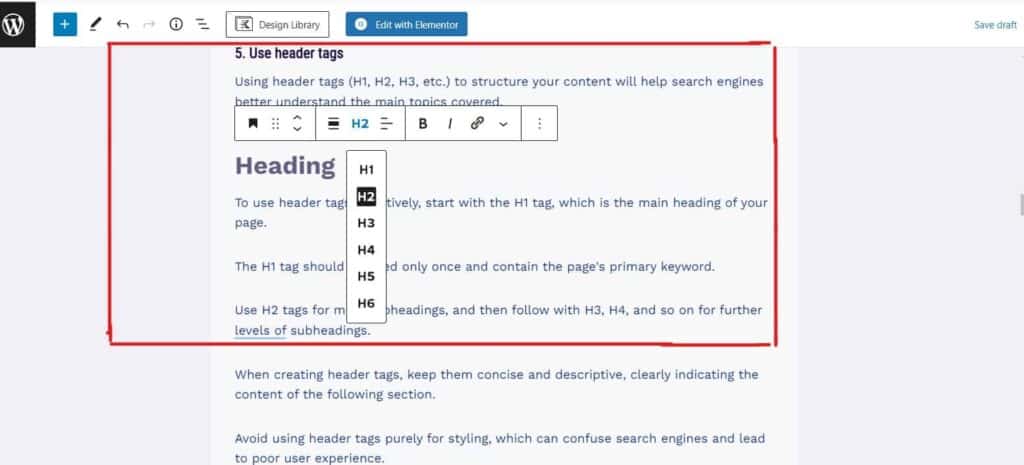
When creating header tags, keep them concise and descriptive, clearly indicating the content of the following section.
Avoid using header tags purely for styling, which can confuse search engines and lead to poor user experience.
Most website builders and content management systems also have built-in tools for adding and formatting header tags, making it easy to structure your content.
6. Optimize title tags and meta description
These snippets of information appear in search results, so ensure they accurately reflect your content and include your target keywords.
The title tag is the main headline of your page and is typically displayed as the clickable link in search results.
The meta description is a brief summary of the content on your page that appears below the title tag in search results.
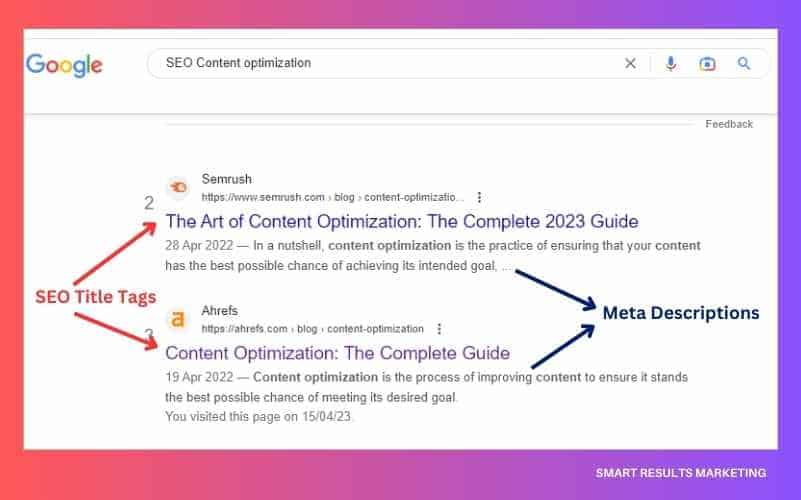
Conduct keyword research to optimize title tags and meta descriptions to identify the primary and secondary keywords you want to target for each page.
Then, incorporate those keywords into the title tag and meta description while also making sure they accurately and compellingly describe the content of your page.
To implement title tags and meta descriptions, add them to the HTML code of each page using the appropriate tags.
For example, use the <title> tag for the title tag and the <meta name=”description” content=”…”> tag for the meta description.
7. Optimize for mobile devices
Due to the rising number of people accessing the internet through their mobile devices, making sure your content is easy to navigate on smaller screens and optimized for mobile viewing is important.
To optimize your website for mobile devices, here are a few tips:
Use a responsive design: If your website has a responsive design, it will adjust to fit the screen size of the device it’s being viewed on.
Simplify your website design: Mobile devices have smaller screens, so keeping your website design simple and easy to navigate is important.
Use larger font sizes: Smaller screens mean smaller text, which can be hard to read. To enhance content readability, it is recommended to utilize bigger font sizes.
Optimize images and videos: To make sure your website loads quickly on mobile devices, it’s important to compress any large images and videos to decrease their file size.
Test your website on mobile devices: To ensure easy access and usability on different mobile devices, please test it on multiple devices.
8. On-Page SEO (Search Engine Optimization)
Optimizing individual pages on your website to improve their search engine rankings.
This includes optimizing content, images, HTML source code, and other web page elements to make it more search engine-friendly.
To do on-page SEO, you need to conduct keyword research, use header tags, optimize title tags and meta descriptions, use internal and external links, and optimize for mobile devices.
By utilising these strategies, you can attract more relevant traffic to your website and enhance its ranking and visibility in search engine results pages (SERPs).
9. Technical optimization (core web vitals)
Optimize your website’s technical elements, such as site speed, security, and mobile responsiveness.
This includes improving site speed, fixing broken links, optimizing images, and implementing schema markup.
To optimize for core web vitals, you can start by checking your website’s loading speed using tools like Google PageSpeed Insights or GTmetrix.
One way to increase your website’s loading speed is by compressing images, minifying CSS and JavaScript files, and using a content delivery network (CDN).
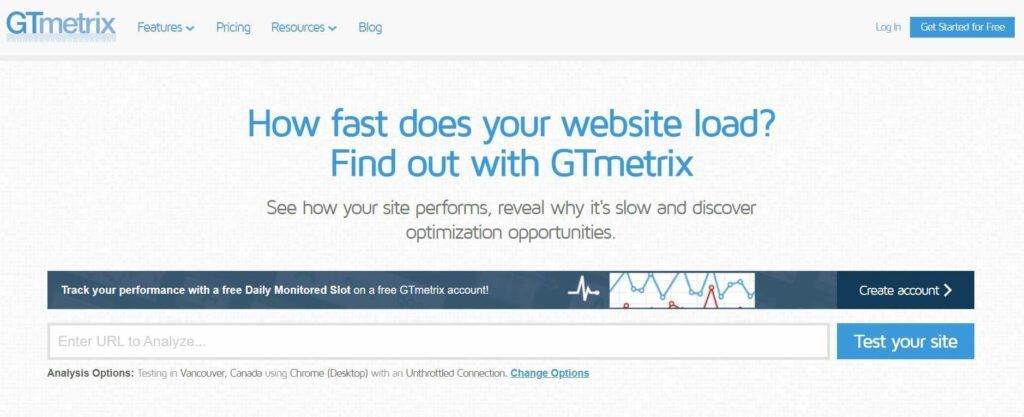
Avoid broken links on your website and optimize them for mobile devices to enhance user experience.
Additionally, utilize schema markup to give search engines structured information about your website’s content to improve rankings.
By optimizing for core web vitals, you can provide a better user experience for your website visitors and improve your search engine rankings.
10. Use engaging images and videos
Including visual elements in your content can enhance its appeal and encourage people to share it, leading to greater visibility and reach.
To use engaging images and videos for content optimization, you should start by choosing visuals that are relevant to your content and add value to your message.
Please use clear and visually appealing images and videos to improve the quality.
Consider using infographics, as they can present complex information in a clear and simple format.
When adding images and videos to your content, use descriptive file names and alt tags to help search engines understand what the visuals are about.
By doing this, you can improve your website’s ranking on search engines, which will help you attract more visitors to your site.
Optimizing the size and format of your images and videos is also important for fast loading times.
Large file sizes on your website can cause slow loading times, negatively impacting your search engine rankings and user experience.
Use compression tools to reduce the file size without sacrificing quality.
You can use Canva, Adobe Photoshop, or Unsplash to create or source your images and tools like YouTube or Vimeo to upload and embed videos.
Be sure to include alt text and relevant meta description data for each visual to help improve its searchability.
11. Schema markup
Adding schema markup to your website’s code provides search engines with more information about your content, which can help improve its visibility and relevance in search results.
Schema markup is a way to provide additional information about your content such as content type, author, publication date, and other relevant details.
You can utilize tools like Google’s Structured Data Markup Helper even if you don’t have any coding knowledge.
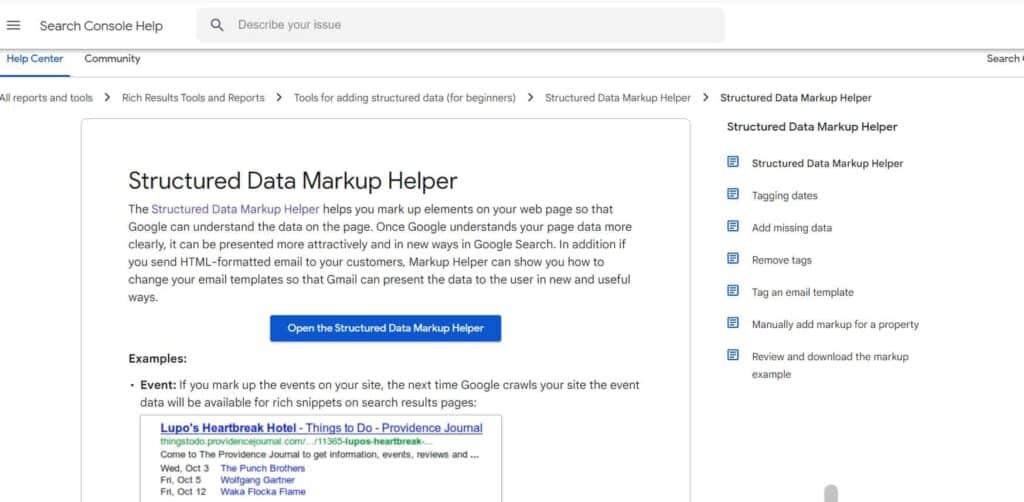
To add notes to a webpage, enter its URL into the tool and proceed to highlight and label the specific content you want to annotate.
After completing all the required tags, you can produce the markup code and insert it into the HTML code of your website.
You can also use a plugin such as Yoast SEO or Schema Pro to incorporate Schema markup to your website.
YOAST SEO
Best known for our Yoast SEO for WordPress plugin – they offer other plugins, bundles and subscriptions to optimize your website.
These plugins allow you to automatically add Schema markup to your content or customize the markup for specific pages or posts.
12. Site architecture:
Organizing its content and structure makes your website easy to navigate and understand for both users and search engines.
To improve your website’s architecture, begin by establishing a coherent and rational structure.
This includes organizing your content into categories and subcategories, using descriptive and intuitive labels for your navigation menus, and creating a site map to help search engines crawl and index your content.
You can improve your site structure by making sure it can be easily navigated on all devices, is mobile-friendly, avoids duplicate content and broken links, and optimises your URL structure with relevant keywords.
You can also use tools like Google Search Console to identify any issues with your site architecture and get suggestions for improving it.
Regularly reviewing and updating your site architecture is important for making your website more user-friendly and improving your online visibility.
This will also help attract more traffic to your site from search engines.
13. Analytics and reporting:
To improve your SEO strategy, use tools like Google Analytics to track your website’s performance and analyze user behaviour based on data.
To start with analytics and generate reports, your first task is to install a web analytics tool such as Google Analytics or Adobe Analytics on your website.
These tools can help you monitor important data such as website traffic, user activity, and conversion rates.
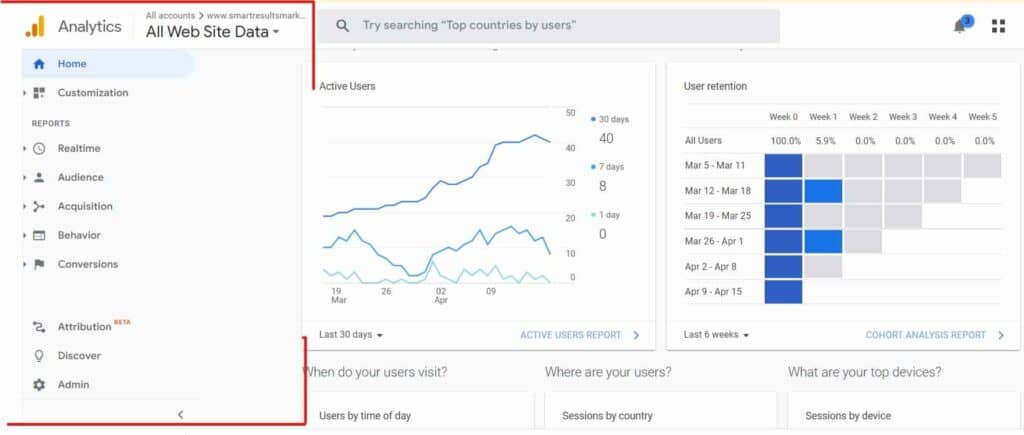
After you have installed the analytics tool, you can utilize it to pinpoint areas where you can enhance your strategy for optimizing content.
You might observe that some pages of your website have a high bounce rate, which suggests visitors are leaving those pages quickly.
This may imply that the content on those pages requires further optimization or improvement.
Another important aspect of analytics and reporting is monitoring your search engine rankings and organic traffic.
You can utilize tools such as SEMrush, Ahrefs, or Moz to monitor your search engine rankings and identify the keywords that bring traffic to your website.
This information can help you optimize your content further to rank higher for those keywords and attract more traffic to your website.
Regularly monitoring your website’s performance data is essential for improving your content optimization strategy and increasing visitors to your site.
Other SEO strategy headlines you may want to consider include:
Off-page optimization
Improving your website’s visibility and authority through external factors such as backlinks, social media, and other online mentions.
Local SEO:
Optimizing your website for local search, including location-based keywords and local business listings.
Voice search optimization:
Optimizing your content for voice search queries is becoming increasingly popular with the rise of voice assistants like Siri and Alexa.
Content promotion
You can improve the visibility and outreach of your content by promoting it through several channels, including social media, email marketing, and influencer outreach.
UX optimization:
Improving your website’s usability, navigation, and design to create a better user experience and increase engagement and conversions.
Posting Blog Articles
Posting blog articles consistently can help you maintain current and relevant content for your website, potentially leading to better search engine rankings.
What are the 4 types of Search Engine Optimization?
- The first type of SEO is on-page SEO optimization, which involves improving individual web pages to increase their ranking and gain more traffic from search engines.
- This includes optimizing content, images, HTML source code, and other elements to make your web pages more search engine-friendly.
- The next topic is off-page SEO. This refers to all the actions taken outside of a website to improve its ranking on search engines.
- The mentioned tactics are intended to enhance your website’s visibility and authority in the online space.
- These tactics include link building, social media marketing, and influencer outreach.
- Another aspect to consider is technical SEO. This refers to enhancing the technical components of your website to improve its visibility on search engines and provide a better user experience.
- This includes improving site speed, fixing broken links, and implementing schema markup.
- Finally, Local SEO is optimizing your website and online presence to attract nearby customers and enhance your visibility in local organic search results.
- This includes optimizing your website for local search terms, building local citations and backlinks, and managing your Google My Business listing.
Implementing these four types of SEO strategies can increase our website’s ranking and visibility in search engine results pages (SERPs), attract more relevant traffic, and enhance our online presence and authority.
What is an example of content optimization?
Suppose you wrote a blog post titled “10 Tips for Running a Successful Business.”
To optimize the content for search engines, you would conduct keyword research to identify the most relevant and valuable keywords and phrases related to your topic.
You would then integrate those keywords and phrases naturally throughout the blog post, including in the headline, subheadings, meta tags, and body text.
Next, you would optimize the content’s structure and format, using headers, bullet points, and images to improve readability and user experience.
Optimizing content for mobile devices, ensuring fast loading speed and easy navigation is crucial.
To increase website traffic, it’s important to share your content on different channels like social media and email marketing once you’ve created it.
This can also enhance your search engine ranking through backlinks.
Optimizing your content can enhance its relevance and value for users and search engines.
Implementing this can improve website rankings, boost traffic, and increase user engagement.
Why are content optimization strategies important?
Improved Search Engine Rankings: If you optimize your website’s content for search engines, your website can rank higher in search engine results pages for keywords and phrases related to your website.
This method can drive more visitors to your website, increasing brand recognition, customer engagement, and greater revenue.
Increased User Engagement: Optimizing your content can make it easier to read, understand, and use. This can lead to more user engagement and satisfaction.
This can lead to longer time on site, lower bounce rates, and higher conversion rates.
Better User Experience: Optimizing your content for search engines also optimises it for users.
Improving your content’s findability, readability, and shareability can enhance the user experience and increase customer satisfaction.
Competitive Advantage: Optimizing your content can give you a competitive advantage over other websites and businesses in your industry.
Implementing this can increase website visitors, customers, and sales, resulting in sustained growth and success.
Content optimization strategies are crucial aspects of digital marketing.
Improving your website’s search engine rankings, user engagement and satisfaction, and overall user experience can give you a competitive advantage.
Do blog posts help with search engine optimization?
Yes, blog posts can help with search engines.
Optimizing your blog posts by including specific keywords and phrases related to your business, industry, or niche can improve your search engine ranking for those terms, resulting in higher visibility in search results.
Posting excellent blog content consistently, optimized for search engines, can bring more natural traffic to your website, enhance your website’s credibility and authority, and interact with your audience.
Here are some ways in which blog posts can help with search engine optimization:
Keyword Optimization: You can optimize your blog posts using keywords and phrases relevant to your business or industry.
It is advisable to include specific keywords in your blog post titles, headings, meta descriptions, and body text to enhance your blog’s ranking for those keywords.
This will help search engines comprehend the content of your posts better.
Fresh Content: Search engines love fresh, high-quality content that is regularly updated.
Posting blog articles consistently can help you maintain current and relevant content for your website, potentially leading to better search engine rankings.
Internal Linking: By including links to other pages on your website, blog posts can assist search engines in comprehending the structure and hierarchy of your site.
This can also help distribute link equity throughout your website, which can improve your website’s authority and credibility.
Social Sharing: Posting your blog content on social media sites can increase their exposure and bring more visitors to your site.
Social media engagement can also help improve your website’s authority and credibility, which can in turn help with SEO optimization.
Overall, blog posts can improve your website’s SEO by providing fresh, high-quality content optimized for search engines, internal linking, and social sharing.
Conclusion/ Wrap Up
Simply creating and sharing content is not sufficient to engage your target audience in the rapidly changing digital marketing landscape.
Content optimization strategies are critical to growing your online presence.
To increase the number of people visiting your website without paid advertising, you must ensure your content is optimized for search engines.
